The technique of fruit thinning (removing some fruit from the tree while it’s still tiny) is one of the key maintenance jobs in spring. It’s so important it’s one of the 10 steps in our ultimate guide to fruit care.
Thinning has 4 main benefits:
- breaking the “on-again, off-again” biennial bearing cycle
- reducing pest and disease pressure
- growing larger, healthier fruit
- protecting the structure of your tree.
How does fruit thinning protect the structure of your trees? The key is removing the right amount of fruit.
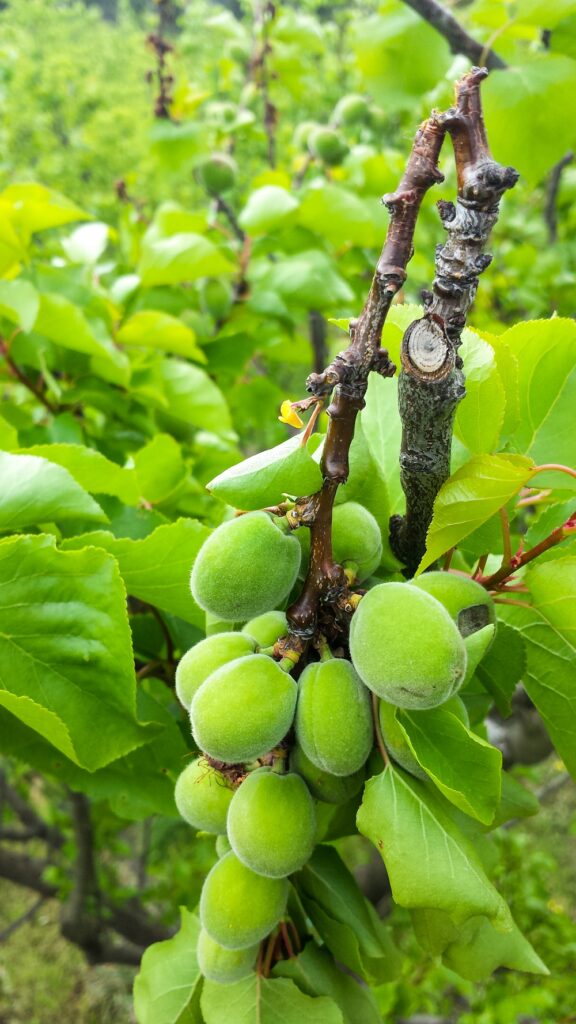
How much fruit should you leave on the tree?
Most fruit in your fruit tree is carried on the small side shoots, or laterals, that grow from the main branches. As such, they are a very precious part of the tree and need to be protected.
Left to its own devices, your tree will often bear so much fruit on a branch or lateral that the weight breaks the branch. You can see this in the photos above and below (we have LOTS of these photos).
Your job when thinning is to remove some of the fruit that the tree has produced. One of the guiding principles of thinning is to leave only as much fruit as that part of the tree can easily carry.
… leave only as much fruit as that part of the tree can easily carry.
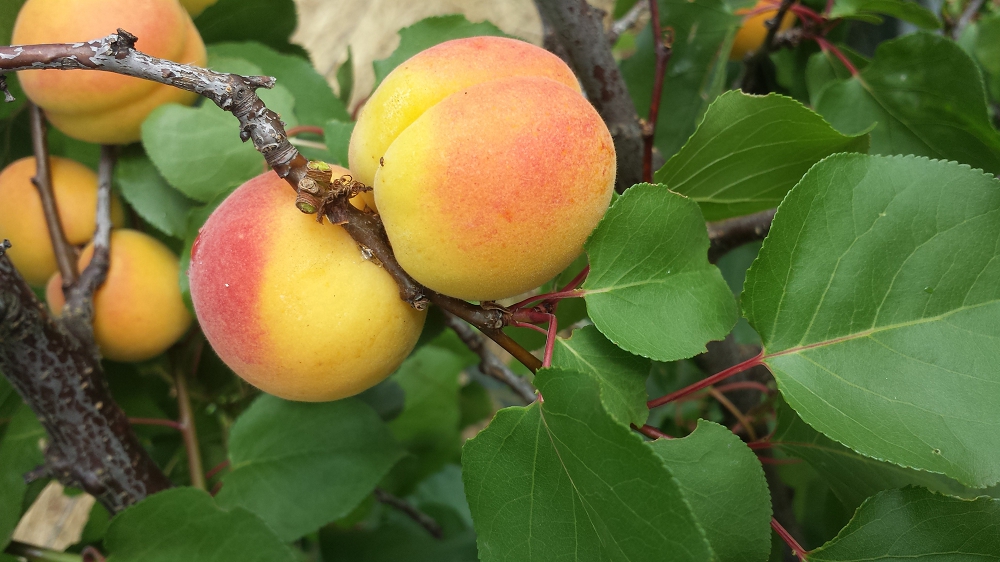
Calculating the amount of fruit to remove when thinning
Try to imagine how large and heavy the fruit will be when it’s fully mature.
As a very rough rule of thumb, a short lateral can only bear the weight of one piece of fruit, and a longer or stronger lateral can carry two or more pieces.
However, this totally depends on the size of the fruit, and the strength of the lateral. You’ll need to make a judgement call in every case.

Of course, the actual amount of fruit you can leave on the tree depends on many variables:
- the type of fruit,
- the variety (cultivar),
- the ultimate size of the fruit at harvest,
- whether the tree is heavy, medium, or light crop,
- when it’s due to be harvested,
- age of the tree, etc.
It’s fine to just follow the rule-of-thumb guidelines we provide.
We also provide a more detailed chart in the Grow Great Fruit program and the Fruit Tree Thinning short course. The chart is designed to help you make a simple calculation that considers ALL the variables, which might just save you (and your trees) a few years of trial and error!
Related Articles
Pruning Fruit Trees
Use this foolproof 7-step method for pruning fruit trees. Learn how to keep your trees happy and productive with ease and confidence.
Did you get the thinning right?
Assess how good your thinning efforts in spring were by checking the fruit quality and the health of your trees.
Success in the fruit tree nursery
In spring the results of the grafting attempts in your fruit tree nursery become obvious, and it’s so satisfying when they’re successful!
Related Articles
Pruning Fruit Trees
Use this foolproof 7-step method for pruning fruit trees. Learn how to keep your trees happy and productive with ease and confidence.
Did you get the thinning right?
Assess how good your thinning efforts in spring were by checking the fruit quality and the health of your trees.
Success in the fruit tree nursery
In spring the results of the grafting attempts in your fruit tree nursery become obvious, and it’s so satisfying when they’re successful!
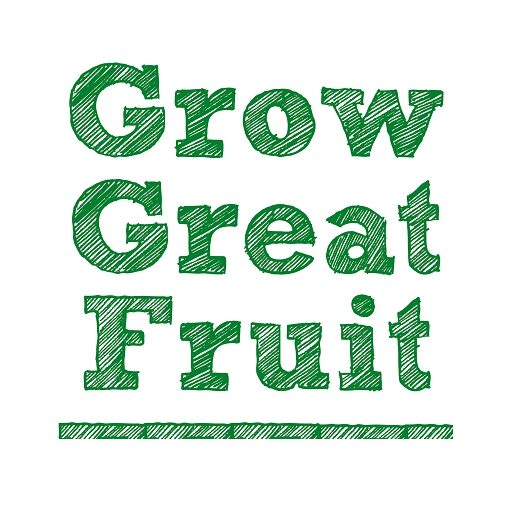
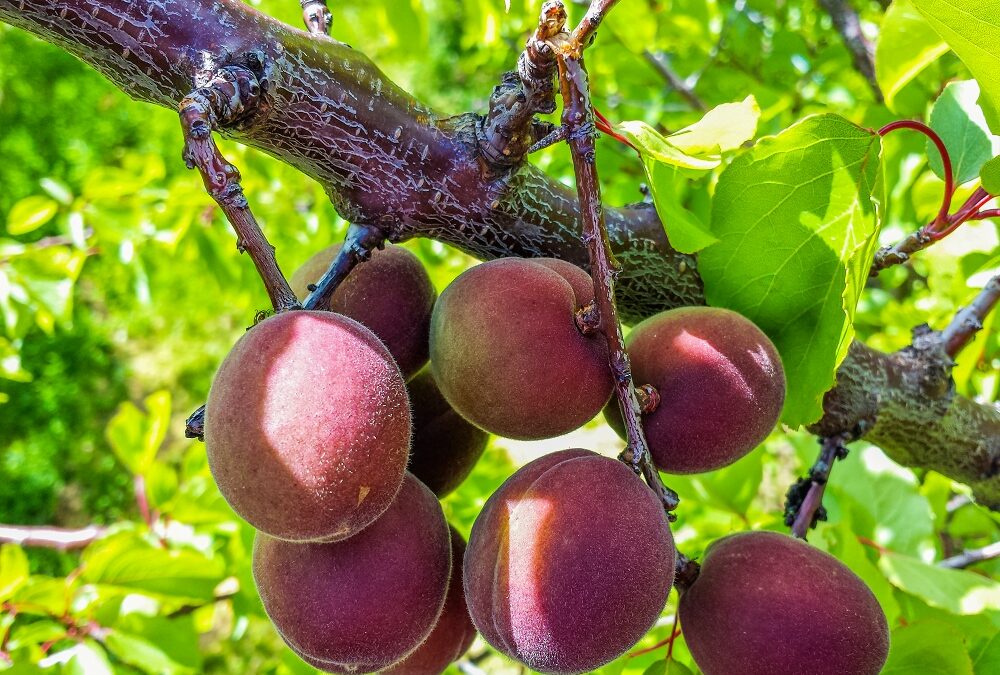
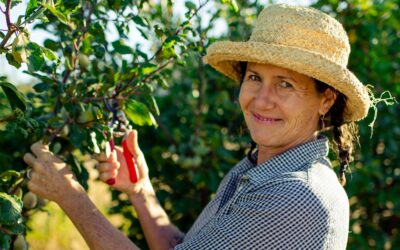
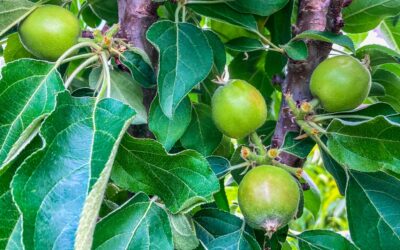
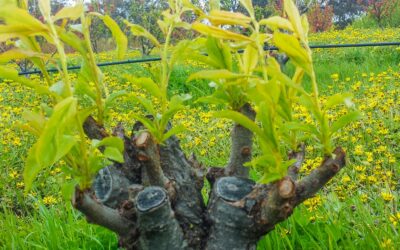
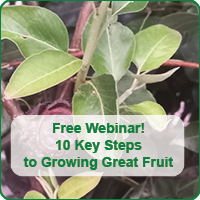
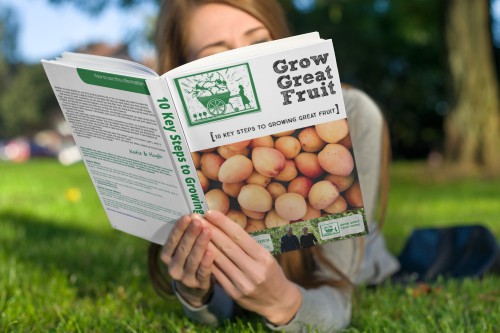
I have your fruit thinning course. It’s terrific! Thank you. Can you tell me if thinning citrus and mangoes is any different or will I follow your guidelines for size of fruit?
Hi Stephanie, thanks for the great feedback! We’re really glad you’re finding the course useful. Yes, avocados also benefit from thinning, and is best done before the natural fruit drop that occurs (it will then probably also reduce the natural fruit drop). The guidelines are a bit different, but the principles are the same, and if you reduce fruit to one or two per panicle you shouldn’t go too far wrong. Citrus also benefit from thinning, but more like deciduous fruit it’s better to wait until after the natural fruit drop to do the thinning.
Awesome post, thanks for sharing!
Our pleasure Jamie, glad you’re finding the info useful
When thinning apples, what size should the fruit be?
Hi Ruth, it’s not so much about the size, but about waiting until the “shedding out” process has finished, then you can get started.
Thanks Katie.
Hi Katie
For the first time in 5 yrs i have a few pears . They seem to grow on little branches in pairs. So I presume I just remove one ?
Hey Merle, that’s the “rule of thumb”, but just check the chart you received in your Grow Great Fruit e-class a couple of weeks ago to make sure it fits in this case.
My Trevatt apricot tree is shedding lots of small apricots this year, though there is still plenty of good fruit. Is this because there weren’t enough bees around to pollinate the flowers at blossom time?